Network Fundamentals: Top Picks
Network Fundamentals
Measuring Network Performance: Test Network Thr...
Measuring network performance has always been a difficult and unclear task, mainly because most engineers and administrators are unsure which appro...
Network Fundamentals
The Importance of a Network Analyzer – Packet S...
Network Analyzers, also known as Packet Sniffers, are amongst the most popular network tools found inside any Network Engineer’s toolkit. A Network...
Network Fundamentals
Hubs & Repeaters
Network hubs were once the primary method of interconnecting network devices to create a local area network (LAN). Hubs were inexpensive, easy to i...
Network Fundamentals
DoS & DDoS Attacks
A Denial of Service (DoS) attack is a malicious attempt to disrupt the normal functioning of a website, server or network by flooding it with traff...
Featured Subcategories:
Netflow Articles:
Netflow
NetFlow Analyzer: Free Download, Step-by-Step I...
In our previous article we explained how a Netflow Analyzer can help you gain visibility into your user traffic, application traffic and data flows...
Netflow
Complete Guide to Netflow: How Netflow & its Co...
This article will cover the basics of Netflow, including its use cases, Netflow supported devices, Netflow history, and variants. We’ll also dive i...
Netflow
Netflow: Monitor Bandwidth & Network Utilizatio...
Monitoring network traffic & bandwidth usage via Netflow is mandatory for any type and size network. Gaining visibility into user traffic, appl...
Netflow
Netflow vs SNMP. Two Different Approaches to Ne...
SNMP (Simple Network Management Protocol) and Netflow are both popular protocols with admins, prized for their ability to give visibility over the ...
Network Protocols:
TCP - UDP Protocol Analysis
TCP Header Anaylsis - Section 3: TCP Header Len...
The third field under close examination is the TCP Header length. There really isn't that much to say about the Header length other than to explain...
TCP - UDP Protocol Analysis
Transmission Control Protocol - Part 2: Quick O...
As previously mentioned on a number of occasions, TCP is one of the two protocols that lives at the Transport layer and is used to carry data from ...
TCP - UDP Protocol Analysis
Transmission Control Protocol - Part 1: Introdu...
Understanding how each protocol fits into the OSI Model is essential for any network engineer. This page analyses how TCP is classified as a 'trans...
TCP - UDP Protocol Analysis
Transmission Control Protocol - Part 3: The TCP...
This article shows the TCP Header and Segment. We explain where the TCP Header and Segment are located in an Ethernet frame and also briefly view t...
IP Protocol
IP Protocol - Part 1: Binary & The Internet Pro...
To understand the Internet Protocol, we need to learn and understand Binary. It is very important to know and understand Binary because part of the...
TCP - UDP Protocol Analysis
UDP Protocol - Header
This article covers the UDP protocol. We examine the structure of the UDP header, the protocols that use UDP as a transport plus a lot more.
Some ...
TCP - UDP Protocol Analysis
TCP Header Anaylsis - Section 6: TCP Options
The TCP Options (MSS, Window Scaling, Selective Acknowledgements, Timestamps, Nop) are located at the end of the TCP Header which is also why they ...
Domain Name System (DNS)
The DNS Protocol - Part 3: DNS Query Message Fo...
This section will deal with the analysis of the DNS packets by examining how DNS messages are formatted and the options and variables they contain....
STP/ICMP Protocols:

Spanning Tree Protocol (STP)
Spanning Tree Protocol – Part 1: Understand STP...
One of the most used terms in network is LAN (Local Area Network). It’s a form of network that we encounter in our daily lives, at home, at work, s...
ICMP Protocol
ICMP Protocol - Part 6: Redirect Messages
The ICMP - Redirect Message is always sent from a gateway to the host and the example below will illustrate when this is used.
Putting it simply (...
ICMP Protocol
ICMP Protocol - Part 4: Destination Unreachable...
The 'ICMP Destination unreachable' message is quite interesting, because it doesn't actually contain one message, but infact six! This means that t...
ICMP Protocol
ICMP Protocol - Part 2: Echo / Echo Reply (Ping...
As mentioned in the previous page, an Echo is simply what we networking engineers call a 'ping'. The Echo Reply is, as most would guess, the ...
Your IP address:
3.129.13.201
Wi-Fi Key Generator
Follow Firewall.cx
Cisco Password Crack
Decrypt Cisco Type-7 Passwords on the fly!

VLAN Networks
InterVLAN Routing - Routing between VLAN Networks
This article deals with the popular topic of InterVLAN routing, which is used to allow routing & communication between VLAN networks. Our article an...
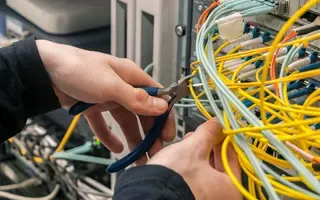
VLAN Networks
VTP Pruning
VTP (VLAN Trunking Protocol) pruning is a feature that is used in Cisco switches to reduce unnecessary traffic in VLAN (Virtual Local Area Network) trun...

VLAN Networks
VTP Protocol - In-Depth Analysis
The previous article introduced the VTP protocol, we examined how it can be used within a network, to help manage VLANs and ease the administrative over...

VLAN Networks
The VLAN Concept - Introduction to VLANs
We hear about them everywhere, vendors around the world are constantly trying to push them into every type of network and as a result, the Local Area Ne...
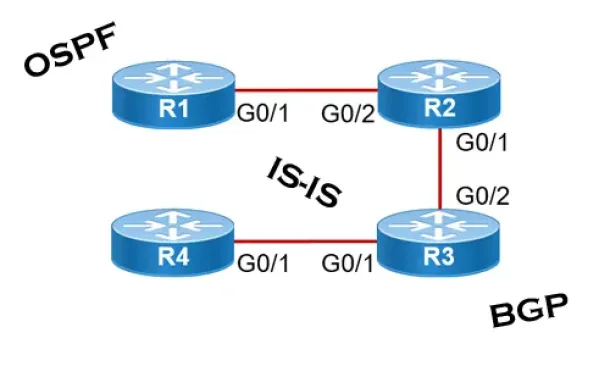
Routing
Link State Routing Protocols
Link State routing protocols do not view networks in terms of adjacent routers and hop counts, but they build a comprehensive view of the overall networ...
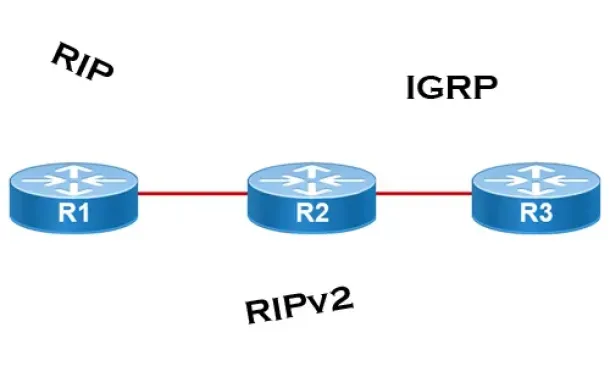
Routing
Distance Vector Routing Protocols
Distance Vector routing protocols use frequent broadcasts (255.255.255.255 or FF:FF:FF:FF) of their entire routing table every 30 sec. on all their inte...
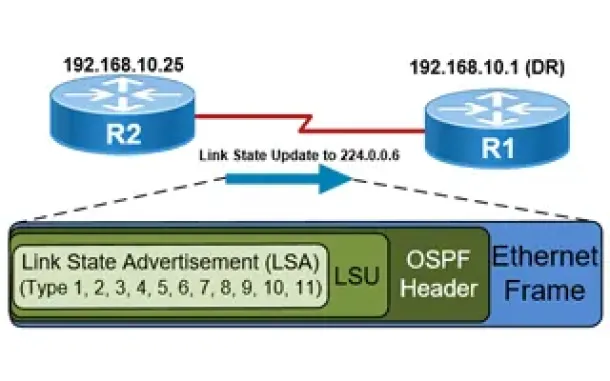
Routing
OSPF - Part 5: Analysis of OSPF Link State Update (L...
This article explains how OSPF uses Link State Advertisement (LSA) to exchange information about the network topology between routers. When a router rec...
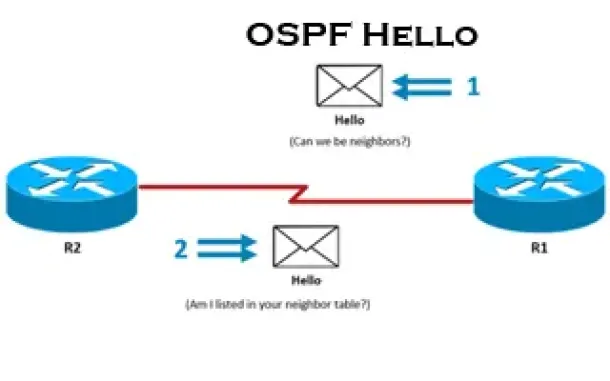
Routing
OSPF - Part 3: OSPF Adjacency & Neighbor Forming Pro...
This is the thrid article of our 6-part OSPF series (see below) that describes how OSPF routers perform neighbor relationship and adjacency. We’ll exami...
Network Address Translation - NAT
Static NAT - Part 2
The previous page (Static NAT - Part 1) helped us understand what exactly happens with Static NAT and how it works, and we saw a few examples of how to ...
Network Address Translation - NAT
Dynamic NAT - Part 2
Our previous article, Dynamic NAT - Part 1, covered the basic idea of Dynamic Network Address Translation. We are now going to take a closer look at the...
Network Address Translation - NAT
Dynamic NAT - Part 1
Dynamic NAT is the second NAT mode we're going to talk about. Dynamic NAT, like Static NAT, is not that common in smaller networks but you'll find it us...
Network Address Translation - NAT
Network Address Translation (NAT) Overload - Part 2
In our previous article, Network Address Translation (NAT) Overload - Part 1, we explained what NAT Overload is and how it works. This page deals with t...




















